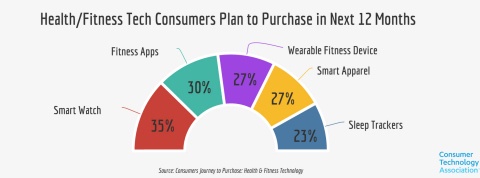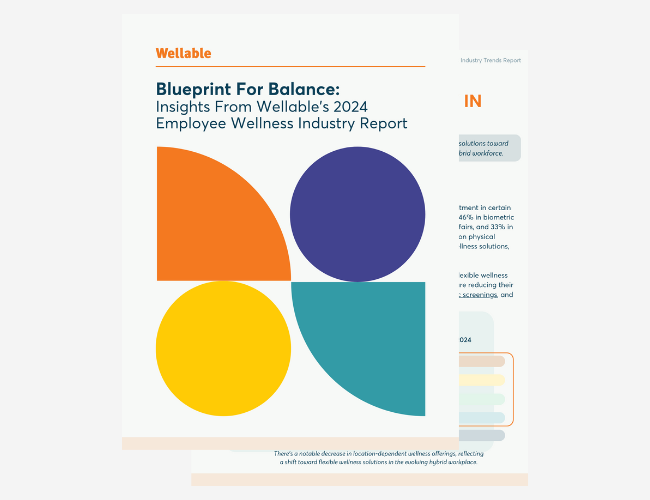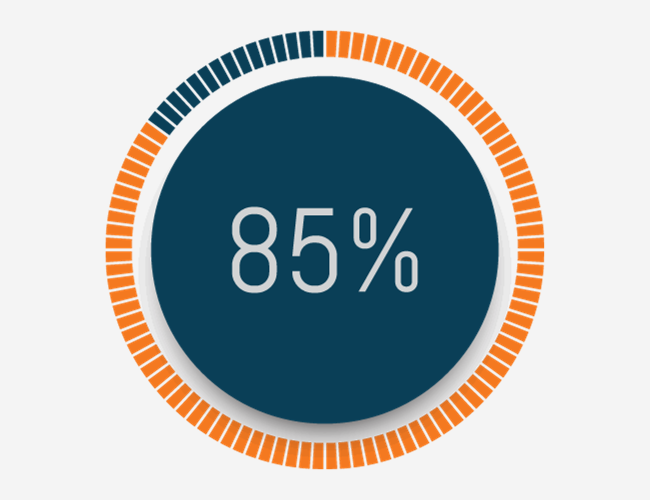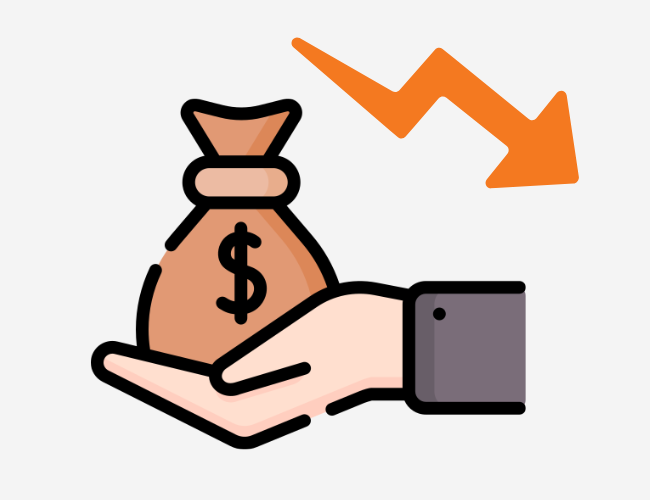According to a survey by the Consumer Technology Association (formerly the Consumer Electronics Association), 74% of online American adults are likely to purchase health and fitness technology in the next 12 months. Of this group, one in three (35%) plan to buy a smartwatch, which leads the category over fitness apps (30%) and wearable fitness devices (27%).

What is driving this incredible demand? According to Steve Koenig, Senior Director of Market Research at the Consumer Technology Association, “quantitative research distinctly shows health and fitness devices help consumers feel they’re more successful in setting personal fitness and health goals and tracking progress, and that their lives are improved by these devices. Consumers’ planned purchases within this emerging category are emblematic of robust segmentation, as the industry strives to address multiple needs of ‘the quantified self.”
The survey also revealed what consumers are looking for in health and fitness technology. While those who plan to purchase health and fitness devices primarily for health reasons share the same five most-desired device characteristics with those who plan to purchase a device primarily for fitness, the characteristics rank differently in importance. Among fitness users, 61% rank monitoring calories burned as the most important characteristic, followed by heart rate (52%), steps taken (42%), distance (34%) and blood pressure (23%). For health users, the most desired characteristics are monitoring heart rate (58%), calories burned (48%), blood pressure (47%), steps taken (28%) and distance traveled (21%). The high ranking of heart rate points to a strong driver of growth for higher end activity trackers that do more than just track steps.
The survey also showed the main influences of health and fitness technology purchase decisions. A suggestion from a friend or family member (44%) is the primary influence for purchasing health and fitness technology, followed by online suggestions (17%), a medical professional (11%), a corporate wellness program (4%) and a salesperson in-store (4%).
This survey reveals details about what many of us already know – health and fitness technology is a large a growing market driven heavily by consumer behavior. As a result, consumer preferences are, in the words of Steve Koenig, causing “robust segmentation” and driving diverse technologies to track health. The segmentation and diversity is so tangible, with each manufacturer of devices offering a range of products. The segmentation creates numerous challenges for corporate wellness, including making it nearly impossible for employers to commit to a single device for their programs. Despite the monumental challenge, certain employers (e.g., Target) still commit to single devices and shortly realize the error in their ways. They quickly learn that not every employee wants the device they choose and that these costly devices typically have high attrition rates.

This is why creating a bring your own device (BYOD) wellness strategy is crucial to corporate wellness success. A BYOD strategy embraces robust segmentation while saving costs. With 74% of online American adults likely to purchase health and fitness technology in the next 12 months, a BYOD wellness strategy makes even more sense.












